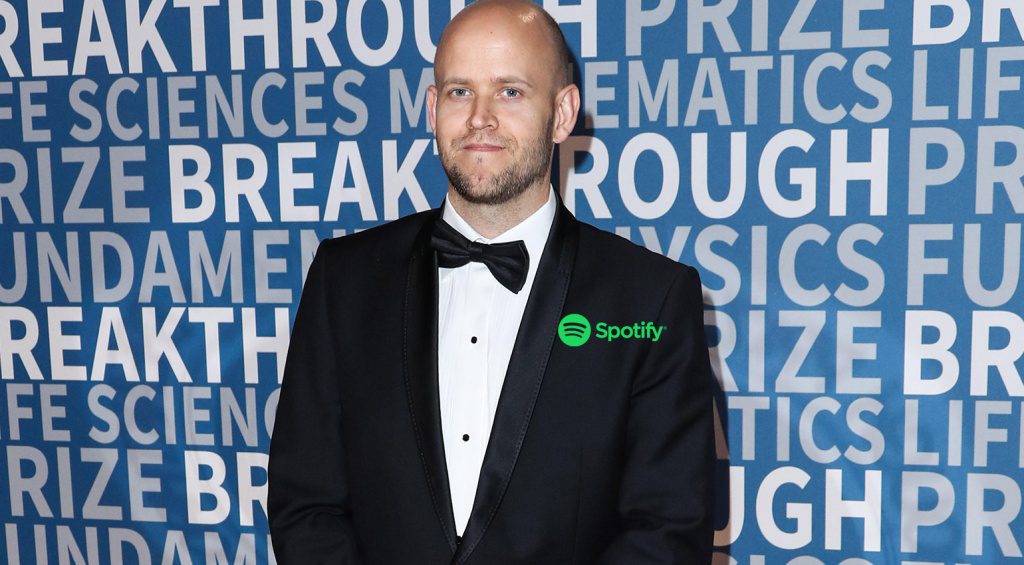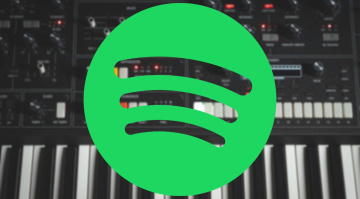Spotify Ghost Artists: Are Musicians Being Scammed (Even More)?
Are consumers to blame, too?
While this news probably won’t surprise many, it’s still rather disheartening. A new report by Harper’s Magazine on Spotify ghost artists shows how the DSP deliberately puts royalty-free production music on mood playlists instead of songs from actual artists. This potentially helps the company save millions of dollars in royalty payments.
Spotify Ghosts Artists: Perfect Fit Content
The new report “The Ghosts in the Machine” by writer Liz Pelly, an excerpt from her upcoming book Mood Machine: The Rise of Spotify and the Costs of the Perfect Playlist, shows in detail how close Spotify works with so-called production companies. These companies hire musicians to create royalty-free music that content creators can use as background music.

Pelly’s research indicates that Spotify has been running a highly secretive internal program called Perfect Fit Content (PTC). Its main objective is to place songs from these production companies on Spotify’s curated mood playlists – some of which have millions of followers. This isn’t a way to create filler music, however.
There are strong indications that with PTC, Spotify’s goal is to ultimately replace more and more songs from actual artists on these playlists. This way, the company could potentially save millions of dollars on royalties. With these Spotify ghost artists, the goal seems to be to create an endless stream of effectively free music.
Pro rata 2.0
Pelly details internal documents and screenshots from Slack showing how upper management from Spotify has aggressively pushed curators for placements of PTC material on these big mood playlists in recent years. That endeavor seems to have been successful.
Giant playlists like “Ambient Relaxation,” “Deep Focus,” “100% Lounge,” “Bossa Nova Dinner,” “Cocktail Jazz,” “Deep Sleep,” “Morning Stretch,” and “Detox” now consist of almost entirely of songs from PTC companies. As many listeners use these mood playlists as mere background music, it seems very much like it does not matter much where said music comes from. As Spotify, like all major digital service providers (DSP), uses a royalty system called pro rata, this development essentially means even less royalty payments to actual bands and artists.
A pro rata system (Apple Music, Amazon Music, Tidal, and Deezer all use it as well) distributes royalties from user subscription fees not based on what an individual user listens to (which would be a user-centric model). Instead, all subscription income combined is distributed based on the combined amount of clicks. This means that even if you don’t listen to Taylor Swift or The Weekend at all, some of your monthly payment goes to these major label artists as well.
By increasing the amount of Spotify ghost artists on giant playlists, to which Spotify does not have to pay royalties, the pro rata system becomes even more skewed towards bigger artists. Because landing on a mood playlist can mean a massive boost in clicks, which would make artists eligible for a bigger slice of the royalty pie.
Would a Spotify alternative be more artist-friendly?
Whenever news like this about Spotify ghost artists has come up in recent years, the cries to switch to a different DSP weren’t far. Users are quick to list the much higher per-click payments of DSPs like Apple Music or Tidal. So, would only releasing on these platforms lead to increased income or fairer treatment of artists?
It’s very unlikely. Many experts point to the fact that despite its many short-comings and often unfair treatment of musicians, Spotify is still the main source of income in streaming by a massive margin. Any DSP, who would achieve a similar market dominance, will very likely lower its royalties and attempt similar ways to become more profitable.
Some artists have chosen a different path of releasing music. There are quite a few independent bands who release on Bandcamp exclusively, maybe on Soundcloud, too. Or others choose to upload music just on their social media profile, gather a following there, and then only make the music available on a physical medium. While this might not be the way to achieve world-wide fame, it’s certainly a way around ‘the system’ that can be successful in a niche genre. As the amount of AI-generated music is growing exponentially and Spotify showing no signs of disregarding it, this probably isn’t the last time we will hear of Spotify ghost artists.
More on Spotify Ghost Artists
- News from Spotify
- Spotify Website
- “The Ghosts in the Machine” by Liz Pelly at Harper’s Magazine
2 responses to “Spotify Ghost Artists: Are Musicians Being Scammed (Even More)?”

 5,0 / 5,0 |
5,0 / 5,0 | 







He he… wait until AI kicks in. Then Spotify is going to be an infinite real time generated “music” feed. Sure, with no authors involved 100% is going to their pockets. But then I ask myself, why would anyone pay a subscription for a random generated nameless playlist? You have tons of free music apps that do just this, “TuneIn” to name the most popular.
Spotify needs to die!
Gaslighting people to believe their lies.
Politicians and sheeple think it’s a good thing..